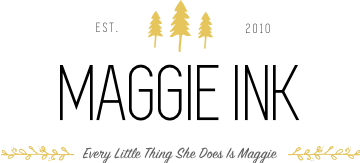Dear Husband,
Remember what you told me before I began this round-the-world journey? You said, “If you find someplace that pulls at your heart, please consult me before you decide to stay.” You said, “Don’t just stop somewhere without discussing it with me first.”
I said, “Of course. I would never dream of doing such a thing without talking to you.” I said, “I promise.”
Well, I have never been so close to breaking a promise to you.
Bulungula is a place of staggering beauty, almost painful in its perfection. Each day when I wake and look out the door of my thatched-roof hut, I can barely soak it all in. It is magnificent.

The ocean is the kind of rich teal that almost never exists in nature. The pale sand eventually gives way to smooth, black rocks. The hills are dotted with pastel-colored huts, like toppings on cupcakes.
I’m not saying life here is easy. The women still have to fetch water from the river, haul sticks from the forest to make fire, grow their own produce in sometimes-uncooperative soil.
The men usually travel to Johannesburg to labor in the mines, which is hot, dangerous work. They are often away from their families for six months at a time.
That said, there are advantages to rural village life.
The people are kind, with quick, generous smiles. The culture of begging that exists in other places isn’t an issue here. The villagers work hard and have a lot of dignity, and when it comes time to play, they gulp down homemade corn beer and dance under the stars.
The kids are kids, content to run and play and feel the seaspray on their shoulders. Their soccer field has tilted goalposts and no lines, but it works. The children’s laughter can be heard rolling over the hillsides.

Everything is put to use here, a place where reduce, resuse, recycle was the norm long before green was chic. Inside the traditional healer’s hut, for instance, an old toothbrush has been affixed to the wall, the bristles now used as a hook to hang baskets. Plastic soda bottles, tossed on the side of the main road, are now lampshades. Food scraps are composted.
There’s no jail or police force. Disputes are settled by the head man, who tends to nap in a field and smoke a pipe all day long, grumbling about the rough life of a head man.
And, of course, there’s that lovely backdrop — scenery that stuns the eyes, holds the heart and inspires you to leave your own home behind.

Yes, I could live here.
I’d love you to join me. Find me at the pink hut where the river meets the ocean.
Love,
Maggie
P.S. According to village customs, you still owe my dad 10 cows in exchange for marrying me.






















